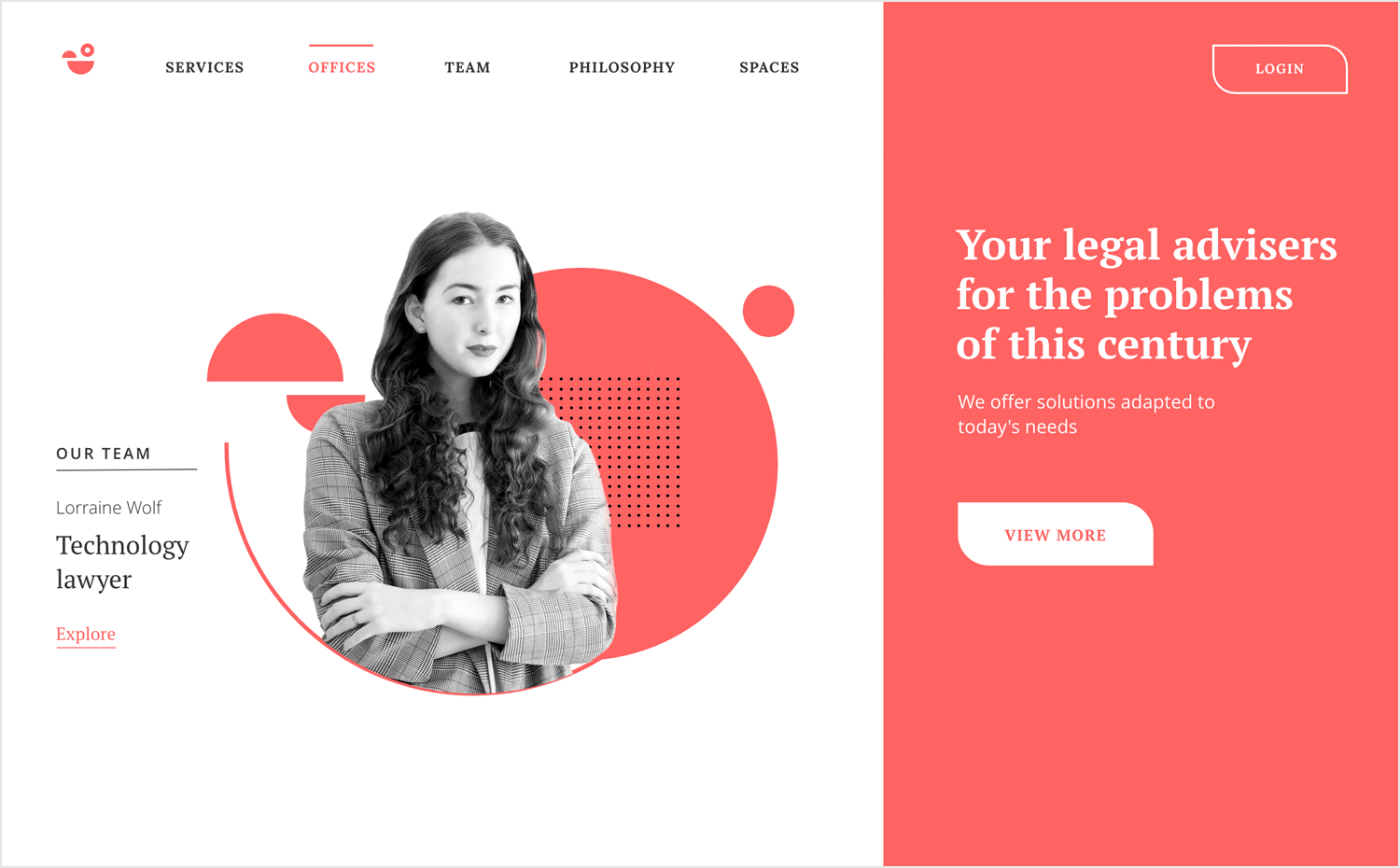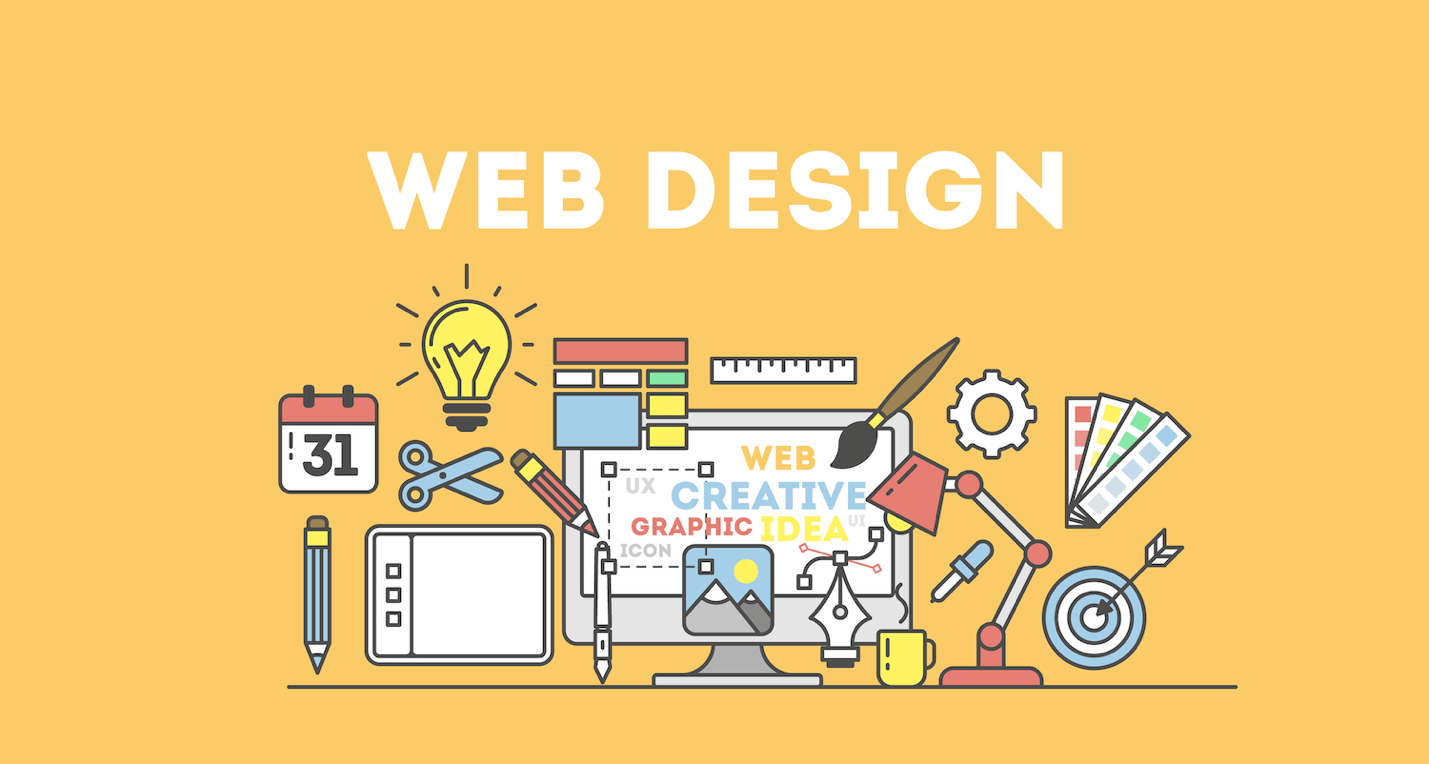Professional Website Design Services for Brands Looking to Grow Online
Professional Website Design Services for Brands Looking to Grow Online
Blog Article
Leading Tips for Producing an Impactful Internet Site Style That Transforms
In today's digital landscape, the significance of an impactful internet site design can not be overstated, specifically when it comes to converting visitors right into customers. To achieve this, one need to take into consideration a selection of aspects, consisting of recognizing the target market, prioritizing customer experience, and enhancing for mobile systems. In addition, the critical use of compelling call-to-actions and a well-defined visual pecking order plays an important duty in leading individuals with their journey. As we discover these crucial aspects, it comes to be noticeable that the success of your site rests on greater than just aesthetics; it requires a thoughtful strategy to style and capability.

Understand Your Target Target Market
Understanding your target audience is fundamental to efficient site layout, as it prepares for producing an interesting user experience. Determining who your users are, including their demographics, preferences, and actions, allows designers to tailor the web site's material, format, and functionality to meet details requirements.
Performing thorough marketing research is crucial in this process. Surveys, interviews, and analytics can offer beneficial insights right into user expectations and pain points. By compiling this information, developers can develop individual characters that represent different sectors of the audience, making sure that design decisions are notified and pertinent.
Furthermore, understanding the target market aids in choosing ideal layout components such as color design, typography, and images that reverberate with customers. A site that talks straight to its audience promotes a feeling of link and depend on, urging longer sees and greater conversion rates.
Inevitably, a user-centered method to internet site layout not only enhances customer fulfillment yet also sustains service purposes by driving involvement and loyalty. By focusing on the requirements and choices of the target audience, a site can efficiently offer its objective and achieve desired outcomes.
Prioritize Individual Experience
To enhance the overall effectiveness of a web site, prioritizing user experience (UX) is vital (Website Design). A well-designed UX guarantees that visitors can browse the website easily, locate info promptly, and involve with material meaningfully. This causes boosted customer contentment and higher conversion rates
Begin by applying intuitive navigation. Menus needs to be practically structured, permitting users to find essential areas of the site with very little effort. Uniformity in layout aspects, such as color design and typefaces, cultivates experience, which is critical for keeping individual engagement.
In addition, think about the loading rate of your web site. A delay of just a couple of seconds can bring about considerable drop-offs, as users are much less most likely to wait on a slow-loading web page. Simplifying images and maximizing code can improve efficiency and maintain site visitors.
Moreover, clearness in content discussion is important. Usage concise, appealing language and break up text with visuals to boost readability. By focusing on user experience, you not just produce an extra pleasurable setting for visitors but likewise reinforce your brand's reliability. Ultimately, a focus on UX is an investment in the long-lasting success of your site.
Enhance for Mobile Devices
Enhancing for mobile phones is critical in today's digital landscape, where a boosting variety of customers accessibility internet sites through smart devices and tablet computers. A mobile-friendly Extra resources layout not just enhances user experience but also plays a significant function in enhancing search engine rankings. To accomplish this, it is vital to adopt a responsive style that instantly readjusts to different screen dimensions and orientations.

Filling rate is an additional essential element; mobile users are generally much less patient and anticipate quick accessibility to information. Optimize pictures and take advantage of web browser caching to improve performance. Finally, test your web site on multiple tools and display resolutions to determine and remedy any type of prospective usability problems. By focusing on mobile optimization, you make certain that your website continues to be competitive and efficiently engages a more comprehensive audience.
Use Engaging Call-to-Actions
A site's efficiency often depends upon its ability to direct site visitors towards wanted activities, making compelling call-to-actions (CTAs) necessary parts of design. CTAs work as the crucial points that direct users to engage with the site, whether that means buying, enrolling in a newsletter, or downloading and install a resource.
To produce efficient CTAs, clearness is extremely important. Use succinct language that plainly interacts the action you want the user to take. Phrases such as "Start," "Register Free," or "Store Now" not only share urgency yet also get rid of obscurity. The placement of CTAs is equally vital; they must be purposefully positioned throughout the page to guarantee they are easily visible, especially in high-traffic areas.
In addition, the design of CTAs must stand out without image source being interfering. Use contrasting colors and clear typefaces to guarantee they capture attention. In addition, consider utilizing directional hints, such as arrows or images, to lead customers towards these switches. By concentrating on these elements, services can considerably improve individual engagement, driving conversions and inevitably accomplishing their internet site's goals.
Concentrate On Visual Hierarchy
Efficient website design depends greatly on a well-structured aesthetic hierarchy that guides individuals with content effortlessly. By organizing components in a way that focuses on details, designers can enhance individual experience and help with decision-making. This includes utilizing dimension, shade, contrast, and spacing tactically to accentuate one of the most critical elements of a website.
Using bigger font styles for headings and subheadings develops a clear distinction in between various sections, permitting users to scan material easily. In addition, using contrasting colors for switches and calls-to-action can record individual focus and motivate interaction. Whitespace is one more vital component; it stops mess and makes it possible for customers to focus on crucial messages without distractions.
Pictures and graphics need to match the text while also adhering to the well established hierarchy, enhancing the total message (Website Design). Consistency in design aspects, such as color design and typography, more strengthens the visual hierarchy, making navigation instinctive

Final Thought
To conclude, efficient site layout requires an extensive understanding of the target audience, prioritization of individual experience, and mobile optimization. The critical use of compelling call-to-actions and a well-defined visual hierarchy additionally enhances individual engagement. By implementing these concepts, web sites can accomplish higher conversion rates, making sure that style aspects not just bring in visitors however likewise facilitate smooth navigating and interaction. Ultimately, a well-executed site style functions as a critical component in driving customer actions and achieving business objectives.
Report this page